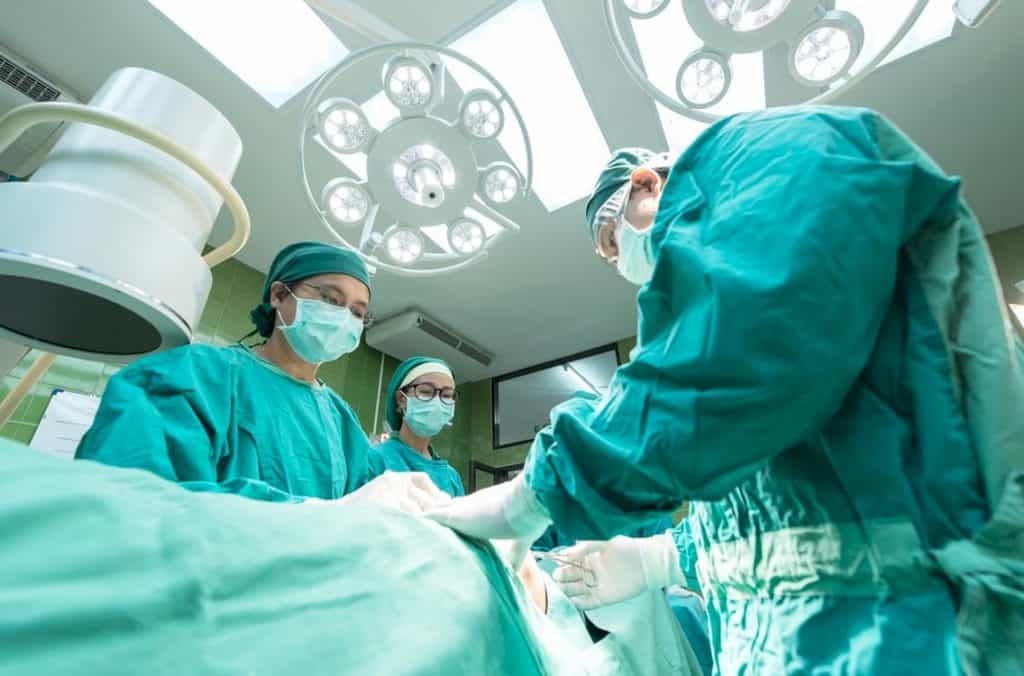One of the most important surgical principles in gastric sleeve surgery is contouring the stapled stomach to prevent narrowing or twisting. To achieve this aim, I routinely place three 12 mm ports along the umbilical level to be able to staple from 3 different angles. Indeed, the first two firing of the linear staplers are always performed from the right lower quadrant port. Using this port, allows to stay away from the incisura angularis preventing narrowing at this critical location. The linear stapler is an articulating device. However, in many instances, even with sharp stapler angulation, firing from the midline port, risks narrowing the incisura angularis.
Single incision laparoscopic surgery, also known as SILS, limit the dissection and stapling along one single axis. Greater curvature mobilization in obese patients with large left hepatic lobe and thick omentum requires more than one working axis. Taking down the short gastric blood vessels without proper triangulation and adequate retraction by the assistant is quite cumbersome.
Despite these limitations, several studies have been published about single incision sleeve gastrectomy demonstrating safety and feasibility. A study published by Dagher el al. in 2016 in SOARD (Surgery for Obesity and related Diseases) journal evaluates 1000 consecutive single-port laparoscopic sleeve gastrectomy performed at one single hospital in Paris, France. The median BMI was 42.6 and only 7.8% of the patients required the addition of one extra port to complete the procedure. The staple line leak rate was 2.8% and the overall morbidity rate was 8.1%. incisional hernia from trocar insertion site was 3.7%. The authors conclude that gastric sleeve surgery can be routinely performed using SILS technique and the results are comparable to traditional mutli-port laparoscopic sleeve gastrectomy. It is hard to duplicate such results and very few bariatric surgeons in the US advocate the use of SILS for sleeve gastrectomy these days. Better cosmesis and decreased pain are desirable outcomes that we all seek. However, gastric sleeve surgery is primarily a contouring procedure that requires the use of more than one surgical axis. Limiting the gastric resection to one direction, along one single port, is not the optimal approach to creating the “perfect sleeve”. Therefore, in the absence of a modified stapling device that can be positioned along any desired axis of resection within the abdominal cavity, SILS remains a sub-optimal approach for sleeve gastrectomy.

